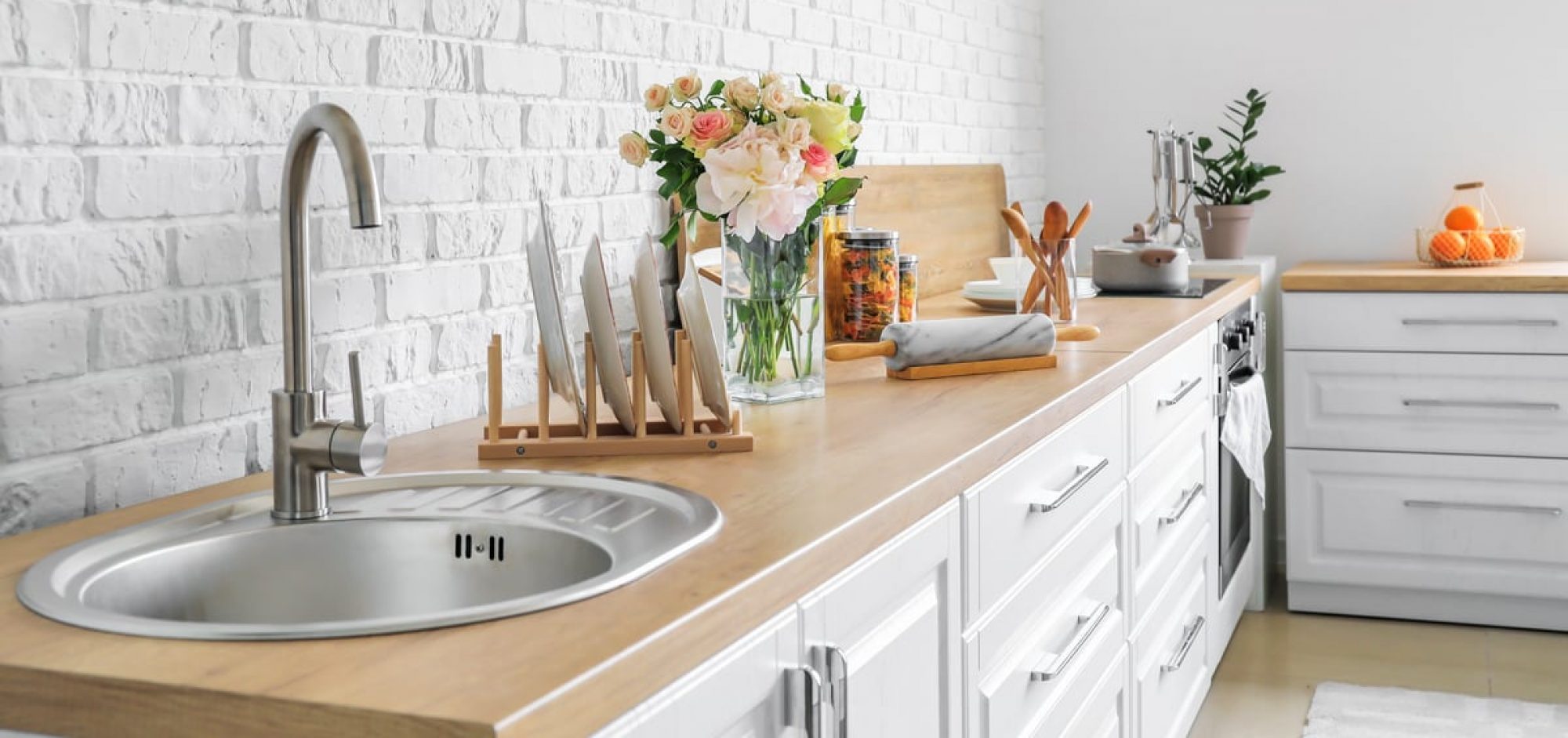When people think of living near a lake, river or any other water pond, they likely dream of the peaceful and picturesque views that come with owning such properties. However, one downfall of this type of lifestyle is the risk that flooding can occur and potentially cause massive amounts of damage. This is why it is important to have a plan in place that can be implemented to fight back against this common disaster. A few types of temporary flood barriers are available to prevent damage to homes and businesses, including sandbags, self-inflating barriers and modular retaining walls.
The first thing you should do when faced with a potential flood threat is to assess the area and the extent of the risk. This will help you determine the size of the barrier you need, as well as whether a temporary flood wall should be used alone or in combination with other defence measures.
Sandbags are a simple, inexpensive and effective method of protecting property from floodwaters. The sandbags can be filled with river sand, sea sand or even earth to provide extra strength and durability. They should be placed in a row, with the longer side of each bag running parallel to the flow of the water. The folded top should be tucked under, while the filled portion is used to weigh down each bag, avoiding any space where water could seep in.
More durable sandbags can also be made by using a double-sided seal that is watertight. Ideally, this should be glued with a water-resistant glue that will not bleed or dissolve under pressure. This will ensure that the sandbags are fully sealed and can withstand high levels of water. These types of sandbags can be stored in large, re-useable containers that will prevent the bags from being damaged by rainwater.
Another affordable option for a temporary flood barrier is a gravel-filled container. These can be purchased from a local hardware store and are often stocked in areas prone to flooding. They can be placed in front of or around a building to protect it from flood waters and are especially useful when it comes to protecting basements.
In addition to sandbags and gravel-filled containers, temporary flood barriers are also available in the form of portable retaining walls. These are designed to be able to be deployed quickly in an emergency and can be positioned to block the path of flood water. These retaining walls are available in a variety of heights and can be constructed to cover large areas. They are often available in a kit, which is a complete set of the necessary components needed to build the barrier.
Demountable flood barriers are more sophisticated than removable barriers and can be erected over a distance of several hundred metres. However, the effectiveness of these types of barriers is often dependent on being able to mobilise a team and the equipment fairly quickly in response to a developing threat of flooding.

